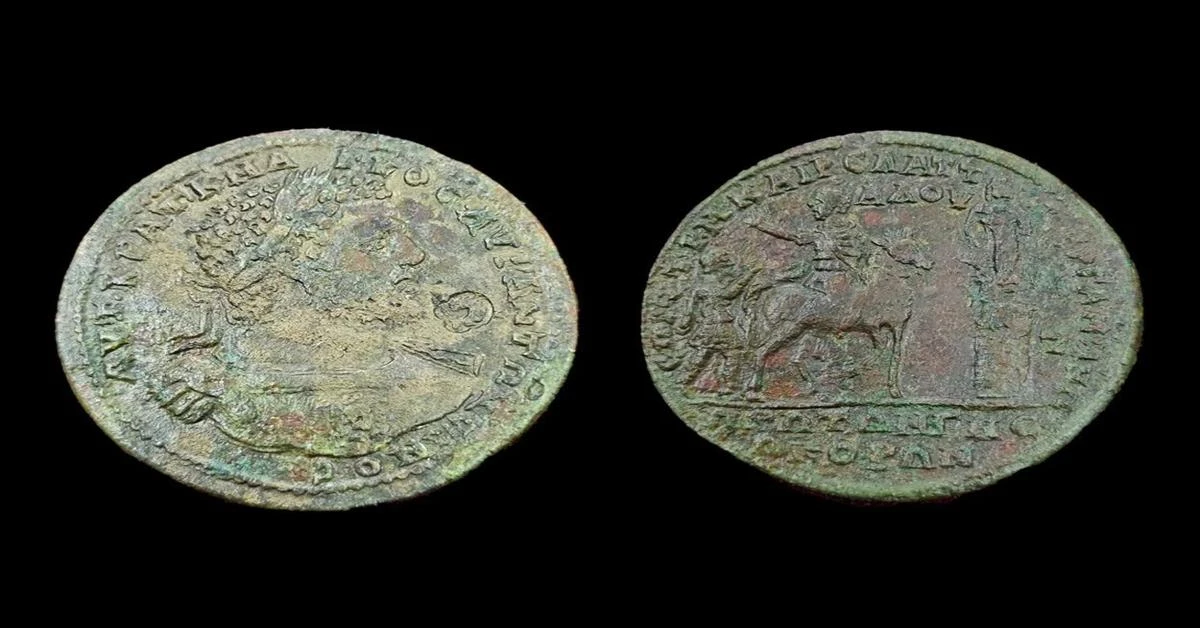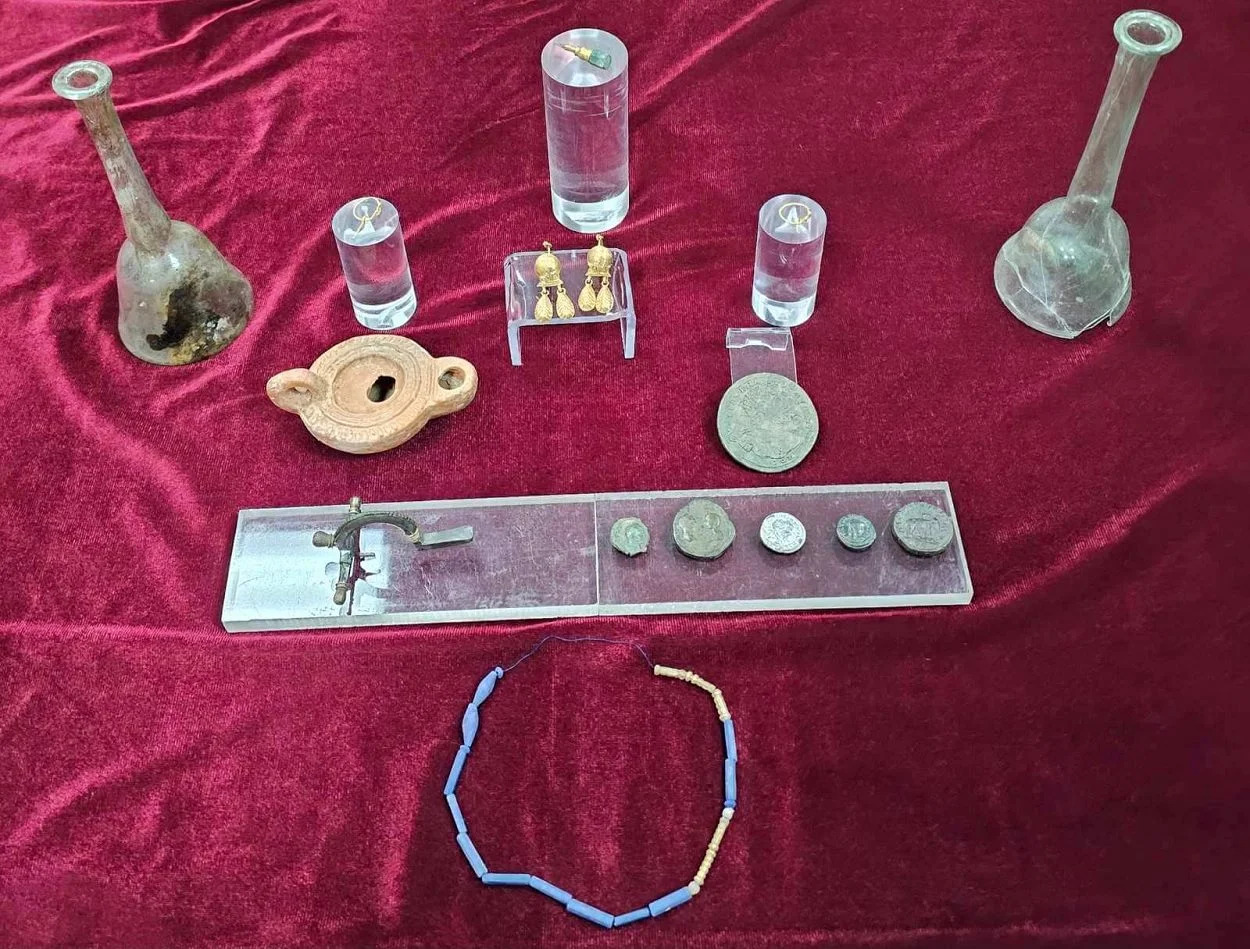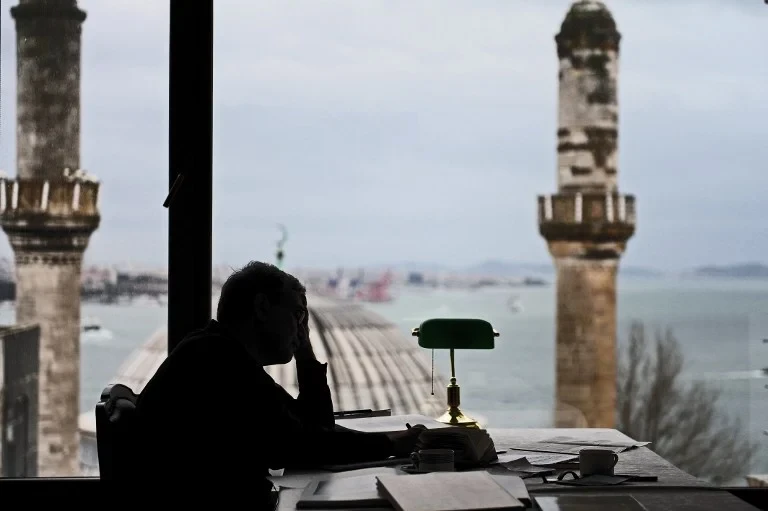Rare medallion depicting Emperor Caracalla found in Slovenia

Archaeological excavations at an ancient Roman cemetery in southeastern Slovenia have unearthed an extremely rare Roman medallion depicting Caracalla minted in ancient Anatolia
Archaeological excavations at a Roman cemetery near the village of Nova Varbovka in southeastern Slovenia have unearthed an extremely rare Roman medallion depicting Caracalla minted in Pergamon – now Pergamon, Izmir – in ancient Anatolia, along with many other archaeological artifacts, the Veliko Tarnovo Regional Historical Museum announced.
The medallion was unearthed along with coins, jewelry and glass vessels in a cemetery used in the third century A.D. by wealthy landowners living on estates in the administrative district of Nicopolis ad Istrum.
One of the two masonry tombs contained the skeletal remains of a small child, together with a pair of gold earrings, child-sized jewelry made of glass beads, a ceramic amphora and two lacrimatorium bottles made of glass.
The second grave contains the remains of an adult male and female, as well as gold earrings, a gilded pendant with beads, and a silver-plated fibula of various metal types.

The most important artifact among all the grave finds is a rare bronze medallion of Emperor Caracalla struck in the Anatolian city of Pergamon. One side of the medallion bears inscriptions in Ancient Greek commemorating the emperor’s visit to the city in 214 A.D.
Marcus Aurelius Antoninus, nicknamed “Caracalla,” served as Roman emperor from 198-217 A.D. and is known for the Antonine Constitution, an edict granting Roman Citizen status to all peregrinus (free men).
Source: Newsroom



